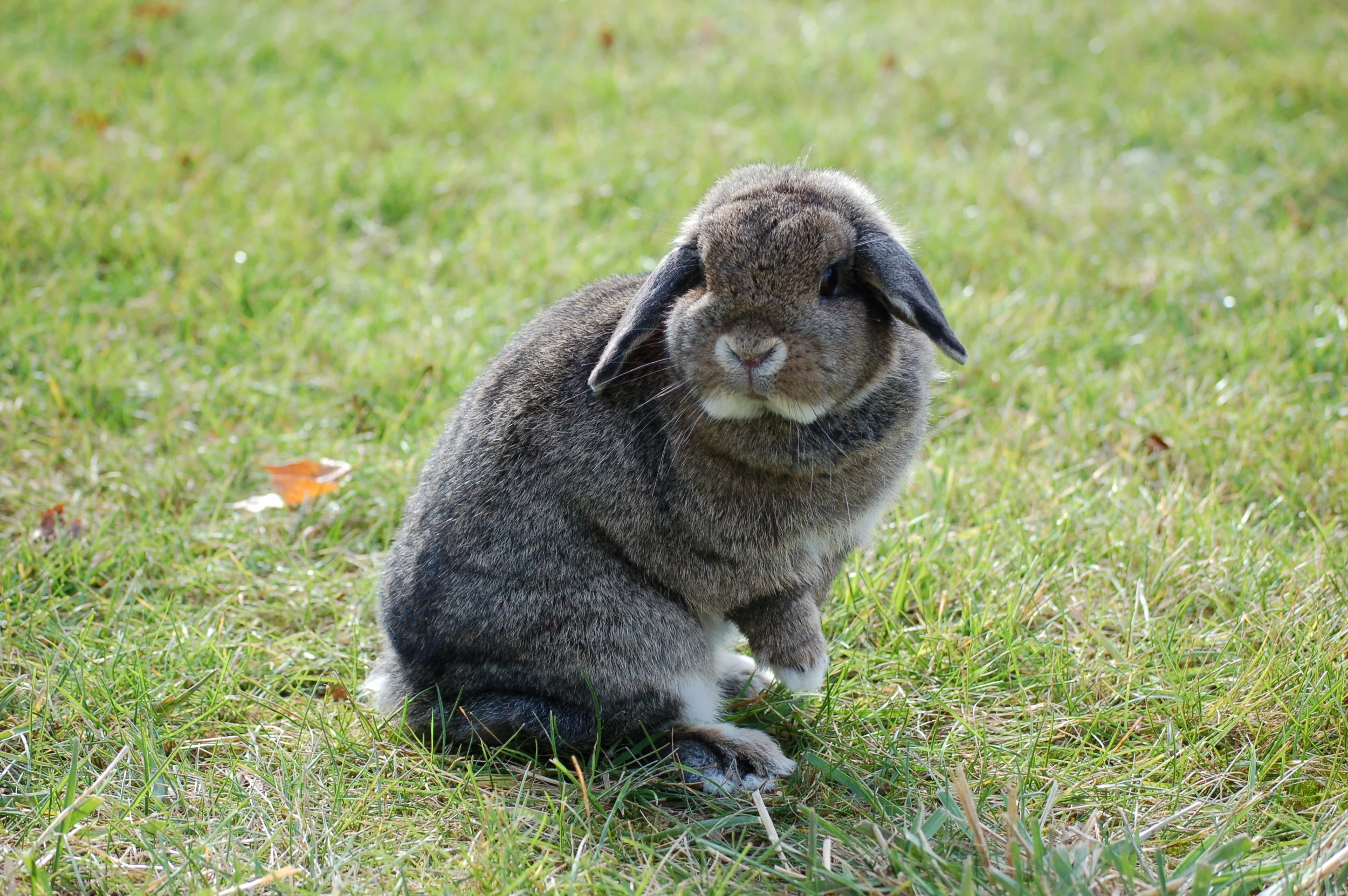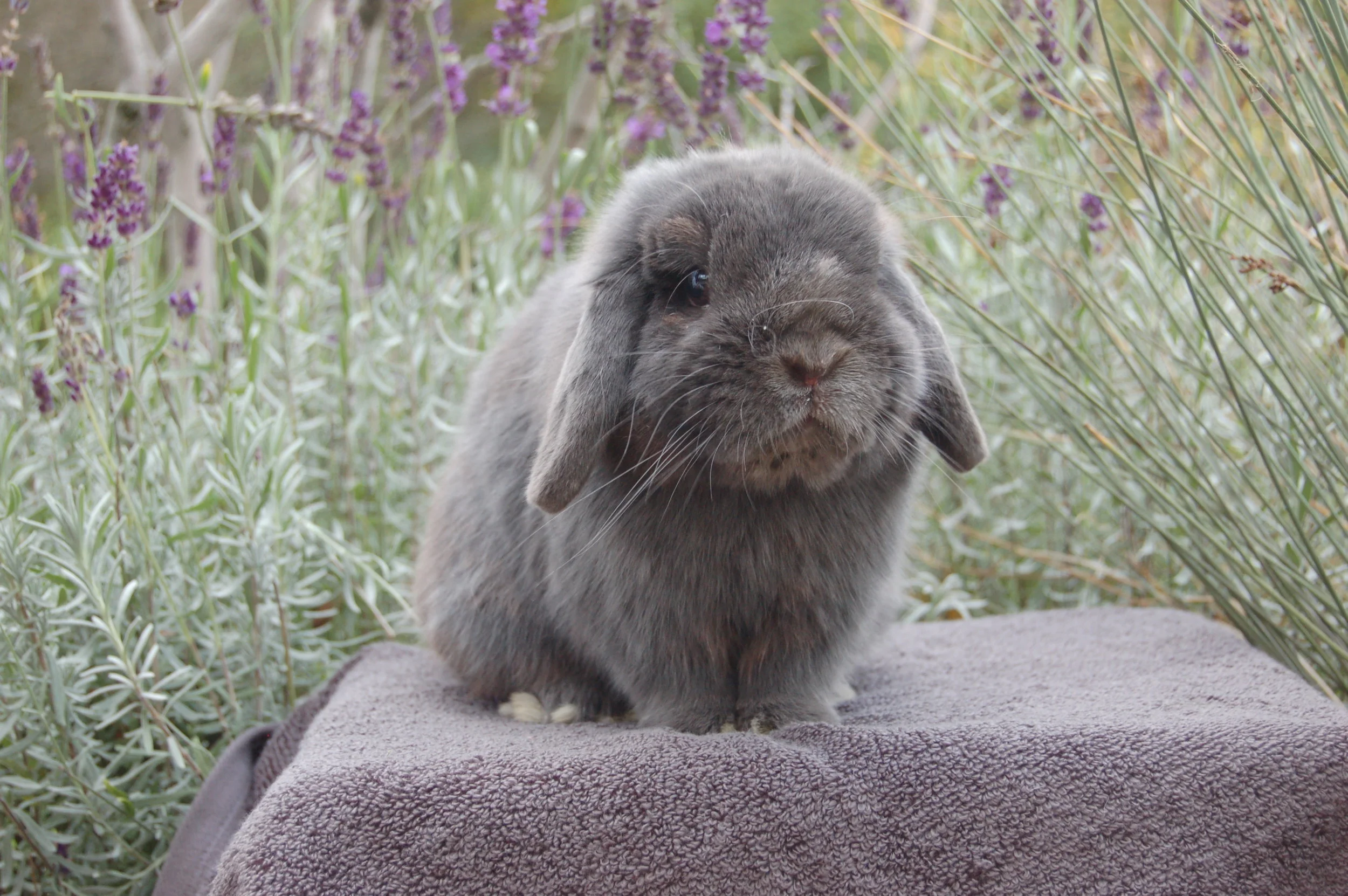Rabbit Genetics: The A Series
Molly, a chestnut holland lop, one of the most common agouti colors
The first two genes in any genotype are from the A series. These determine how the color is arranged on the coat of your rabbit. There are three different genes in this category: A, a(t), and a.
Agouti Gene (A):
The agouti gene is the most dominant of all the genes in the A series. This means that if a rabbit receives this gene from one parent, the agouti pattern will be visible, regardless of whether it receives an a(t), a or A from the other parent.
This gene creates a “wild bunny” pattern. The back, flanks, head, and paws are all colored, while the belly, chin, nape, eye rings, and a little white outline around their nostrils are white. This pattern also has a distinct ticking to it, in which some of the hairs are darker, creating a varied look to the fur. Agouti colors have darker fur at the base, which changes into the lighter color you see about half way up the hair shaft. When you blow into the fur, you can see rings of different colors on agouti hairs. This is especially helpful when learning to identify colors, as each variety has distinct rings.
Tan Pattern gene (at):
Everest, a black otter netherland dwarf
Also known as the otter gene, the tan pattern gene is more dominant than the self gene (a), but less dominant than the Agouti gene. This means that if a rabbit receives this gene, and a self or another otter gene, the tan pattern will be visible. However, if a rabbit receives this gene and an Agouti gene, the agouti pattern will be visible.
The otter gene creates a pattern very similar the agouti pattern. While the color is arranged on the coat the same, with a white belly and markings, instead of having the ticking, the pigmented part of the coat is generally uniform. The colored fur is like that of a self rabbit as it lacks the rings that all agoutis have.
Tonto, a blue holland lop buck
Self Gene (a):
The self gene is the least dominant of all the A genes. This means that all self rabbits must have received two of these genes, or the solid pattern would be “covered up” by a more dominant gene.
The self gene creates a rabbit with no white markings on it (unless it is broken patterned of course). They also don't have rings or ticking. While some rabbits with this gene are completely the same color, like blacks, blues, and chocolates, others have more varying coats, like sable points, smoke pearls, and black torts.
That covers the basics of the A gene! Though it may seem a little complicated at first, rabbit genetics are really pretty simple. If you have any questions, feel free to email me at bunnyjeans101@gmail.com



